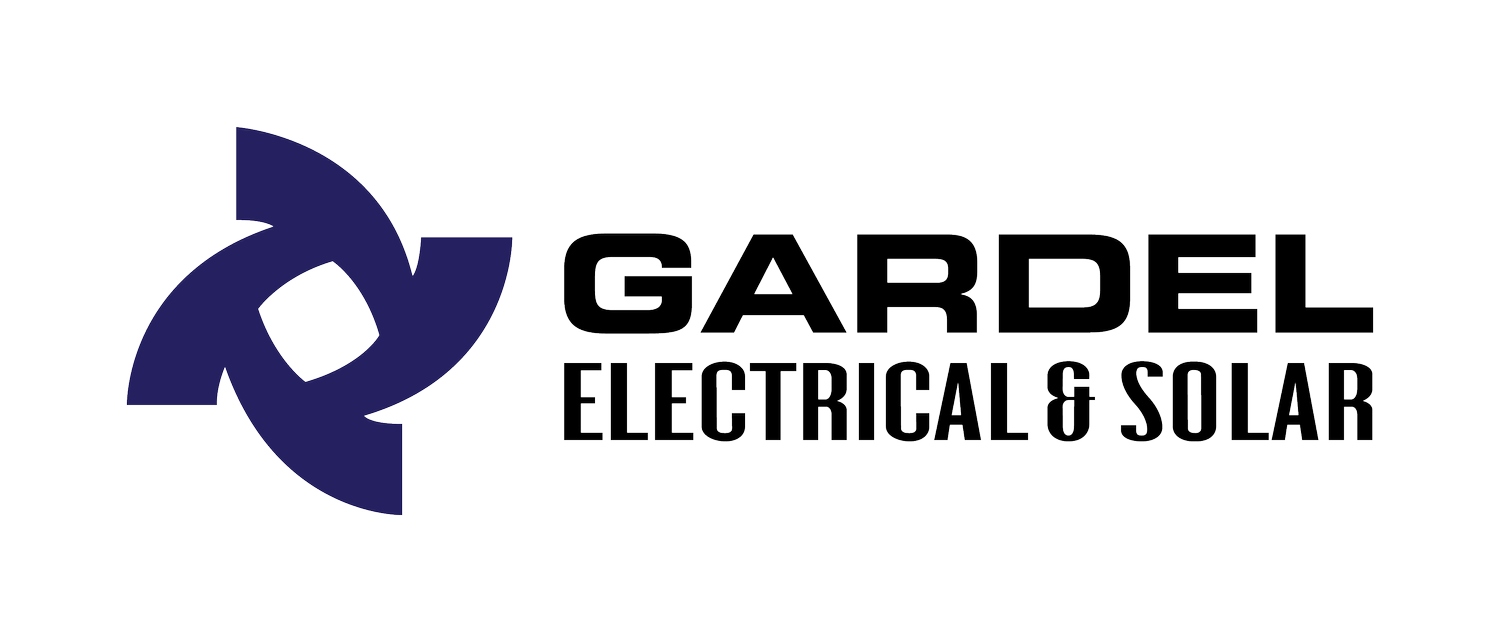3 ways to maximise your self-consumption & get the most out of your solar
So you’ve had solar installed, and now you’re wondering how to get the most out of it? This blog helps you gain a better understanding of how to save with solar using three easy steps that you can put into action right now.
Firstly, why is self-consumption the key to saving? Did you know that you actually get approximately twice as much value out of your solar by consuming the energy it creates yourself, rather than allowing it to go to the grid? While you are paid for the energy that is exported to the grid, on average you are paid only half as much (or less) for your exported energy than you pay for the energy you import.
Without a battery, however, you are limited in what you can self-consume because you can only consume the energy produced by your solar, as it is being produced. So, here are our 3 top tips for maximising your self-consumption and getting the most out of your rooftop solar.
1) Use your inverter’s monitoring app to track your solar production
Many inverter brands come with a monitoring application that you can download to your phone or view on a laptop/monitor. These monitoring systems help to translate the information provided by your inverter, in a way that’s easy to understand. The image below is an example, taken from the SolarEdge monitoring system.
Monitoring systems like this one above, are a great way to help you manage and maximise your self-consumption. Using just the above graph, we can see how much energy was consumed in total each day (red), how much of that consumed energy was produced by solar (blue) and how much excess solar energy produced (green).
Having this type of information available makes it far easier to improve your self-consumption because it allows you to pinpoint the times where you are using energy and make changes accordingly. This is an important first step to improving your self-consumption!
2) Use more energy during the day
Solar panels produce energy from sunlight. The typical solar array will begin producing energy from as early as 7am and will continue until around 4pm, with a typical peak between 11am and 2pm.
This means that - unless you have a battery - you will only be able to use solar energy during the day. So we recommend reducing the number of energy-using activities you do at night and swapping them to daylight hours. A few ways to achieve this may include:
Use timers on high energy-consuming appliances like washing machines, dishwashers and pool pumps so that they operate during the day. That way, even if you aren’t home during the day, you can still make use of your solar energy to power these appliances.
Charge your devices during the day and unplug them at night e.g. mobile devices, battery-charged vacuums, laptops etc.
Switch off your air conditioning, fans and other heating/cooling devices at night. We get that this one won’t always be an option, especially not in QLD during peak summer, but even switching it off occasionally overnight can make a big difference. If you like to go to sleep with the air conditioning on, you can always turn set a timer so it stays on for 2 hours and then switches off after you are asleep.
TOP TIP #1: Using the monitoring systems we mentioned above, you can have a look at your energy consumption throughout the day and see when you are consuming energy outside of sunlight hours. This can help you pinpoint the activities that are causing spikes in electricity usage, and make changes accordingly.
3) Get to know your Solar System
Yes, this one is a bit broad, but let us explain. Depending on the direction that your panels are facing, they will produce more energy at a certain time of day than they will at another. For example, in Australia western-facing panels produce more electricity in the afternoon and east-facing panels produce the most electricity in the morning.
Depending on the orientation of your panels, you can tailor your energy-usage habits to suits the times that your panels are producing the most.
Another aspect of getting to know your system is to know it’s capabilities and functions. Certain high-quality inverters (such as Fronius Inverters) also feature special energy management capabilities. These inverters sense when the system is producing more energy than is being consumed, and automatically triggers your high energy services like hot water and pool pumps.
TOP TIP #2: If you haven’t already had solar installed, you can reverse this tip and work with your solar designer/installer to create a panel layout that suits you. Maximise the orientation of your panels to match the times that you are likely to be home. Check out our earlier blog that goes into more depth about how to optimise panel orientation to suits your needs.
Get in touch with our expert team today. We offer top-quality solar solutions with proven performance, backed by industry-leading warranties and dedicated after-sales support. After more than 12 years of operation in Queensland, Gardel Electrical & Solar is one of the most established and experienced solar companies.
Our expert team of electrical engineers, project managers, designers, and CEC-accredited electricians have extensive experience in designing and installing residential and commercial solar panels, ensuring maximum efficiency and long-term performance.




